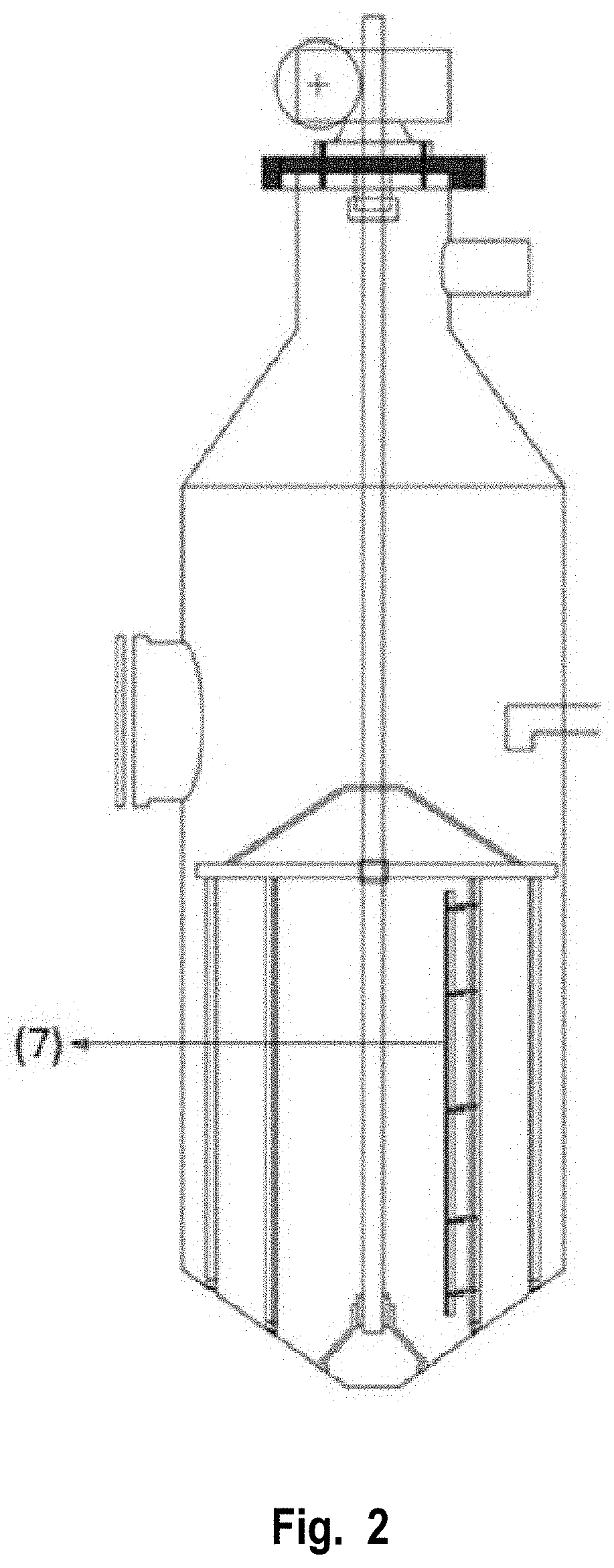Methods and devices to extract oil from oily fruits
- Summary
- Abstract
- Description
- Claims
- Application Information
AI Technical Summary
Benefits of technology
Problems solved by technology
Method used
Image
Examples
examples
[0165]The following examples, real and theoretical, are provided to illustrate the embodiments or the characteristics of this invention, but do not limit its scope.
[0166]Experiments were conducted at a pilot plant with a replica of the oil production plant at a lesser scale. In said experiments, the method of one of the embodiments of this invention was replicated. Results showed olive oil extraction yields approximately 30% to 40% greater when compared to methods used in the prior art. There were also considerable improvements in its quality. Particularly, increments in the polyphenol percentages, decreased acidity, and preservation of the antioxidant percentage were observed, among others. To verify this, a series of samples obtained in said experiments were analyzed by prestigious laboratories in Italy and Argentina, including control samples obtained by the traditional method. In these tests, it was verified that the olive oil obtained using the method of the present invention s...
PUM
| Property | Measurement | Unit |
|---|---|---|
| Temperature | aaaaa | aaaaa |
| Temperature | aaaaa | aaaaa |
| Fraction | aaaaa | aaaaa |
Abstract
Description
Claims
Application Information
 Login to View More
Login to View More - R&D
- Intellectual Property
- Life Sciences
- Materials
- Tech Scout
- Unparalleled Data Quality
- Higher Quality Content
- 60% Fewer Hallucinations
Browse by: Latest US Patents, China's latest patents, Technical Efficacy Thesaurus, Application Domain, Technology Topic, Popular Technical Reports.
© 2025 PatSnap. All rights reserved.Legal|Privacy policy|Modern Slavery Act Transparency Statement|Sitemap|About US| Contact US: help@patsnap.com



